To ensure the new Procurement Act remains true to its purpose (to make it easier for SMEs to participate in the public sector), the Government has developed a new Central Digital Platform (CDP).
From now on, all contracting authorities must publish contract notices directly to the digital platform. Alternatively, they can publish notices on the many digital platforms and approved eProcurement systems providers.
You can think of the CDP as a massive storeroom where contracting authorities or government procurement buyers keep all contract data, including procurement policies, updates, and amendments, in one easily accessible place.
The intention is to further simplify the procurement process by expanding the types of information available on a user-friendly platform, which embraces transparency and provides deeper insights into public procurement for buyers and suppliers.
Benefits Of The Central Digital Platform For Public Procurement
The Central Digital Platform and the Procurement Act provide many benefits for all parties in public procurement, from buyers to suppliers and stakeholders to the general public.
4 Primary Benefits for Users
Here are four primary benefits of digital platforms.
Enhanced transparency in interactions and transactions
Because all contracts, including below-threshold contracts, are published on the platform, and because all contract-related information is available, suppliers and supply chain companies have a clearer picture of what is required in terms of criteria and compliance.
Equal access to data ensures that the procurement process is fair. No information is hidden and no parties have greater access to essential information than any others. This plays a role in levelling the playing field for new users and more experienced procurement businesses.
Furthermore, all information, including real-time data, is available to all parties involved in the contract. Everyone can keep abreast of progress, including milestones and risks. This ability to share information and communicate updates is a great way to build trust between suppliers and buyers and enhance business relationships.
Streamlined processes for a competitive advantage
The digital platform is a centralised hub that facilitates all aspects of public sector procurement, from making all contract documents available to suppliers to open and transparent communication and user interaction.
This shaves time off some of the more laborious procurement activities and leads to cost savings for businesses in the procurement cycle. The whole process is more efficient and less expensive than traditional procurement methods and even some digital procurement systems.
Reduced costs for higher revenue and business growth
Once again, the centralised digital platform and its purpose as a repository for contract-related information results in cost savings, like lower administration costs and potentially lower staff costs because it might not be necessary to employ a full-time contract manager.
This is especially useful for SMEs with tight budgets and limited employees who can’t afford to be preoccupied with procurement processes.
Suppliers and buyers can use the data available to identify risks and opportunities, enabling them to take action to reduce one and leverage the other. This competitive advantage can have a significant positive impact on business operations and ROI.
Improved efficiency aids contract management and business operations
As we’ve seen, the easy access and user-friendly interface speed up the procurement process without sacrificing the quality and accuracy of digital tenders.
Automation reduces the risk of human error and streamlines procurement processes up and down the supply chain. The result is a far more efficient and productive procurement cycle.
Automated features can also assume some contract management tasks and generate reports that make it far easier for users to track and manage their projects.
How Does The Central Digital Platform Align With Public Procurement Reform?
The Central Digital Platform feeds into the Procurement Act that is transforming (and reforming) the public sector. The shared goal is to simplify the procurement process so that SMEs feel more confident in their ability to enter government marketplaces and successfully compete with some of the larger, more established companies.
Here are three ways the Central Digital Platform aligns with the Procurement Act.
Increase Supplier Participation on Digital Platforms
While the main focus is on encouraging SMEs to enter the market, the overarching aim is to increase the participation of all suppliers in the public sector.
There are two reasons:
Increasing supplier diversity so buyers have more opportunities to find the exact services or products they need. There’s no need to settle for the next-best. Buyers can be picky to ensure all the criteria shared on digital platforms are well met.
Crowded marketplaces encourage innovation because suppliers have to go above and beyond to stand out from the herd. The knock-on effects are business growth and a stronger economy nationally and globally.
Simplify Procurement Procedures And Business Processes
We’ve mentioned the simplification of the system several times. That’s because it really is the cornerstone of the Act and the digital platform.
Simplified systems attract more suppliers, yes, but that’s not all.
A straightforward process doesn’t have any kinks or curves which can slow down the procurement cycle. Instead, the process is made more efficient, more streamlined, and quicker than before.
These are business benefits that both buyers and suppliers can enjoy.
Promote Value For Money For End Consumers
The size and diversity of the supplier pool has great benefits for buyers, who enjoy more bang for their buck. But there’s more to it than that.
Taxpayers also benefit. Thanks to cost savings, their hard-earned money goes further. Thanks to competition and innovation, they get improved products and services.
Basically, when government buyers get more value for money, so does the public.

